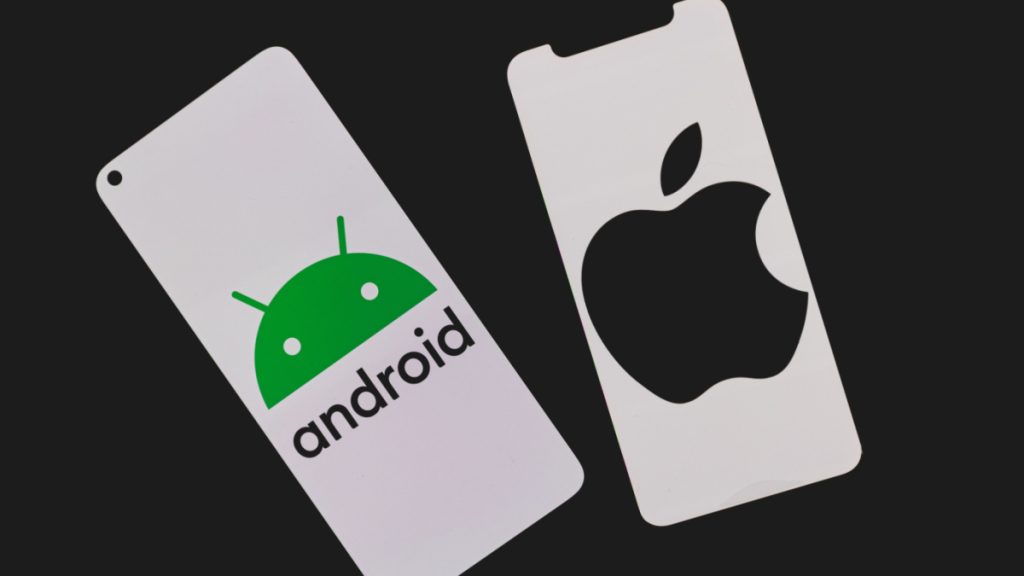
Once again, the dominance of Google’s Android and Apple’s iOS operating systems is the talk of the town and all OS users.
The userbase’s preference for one system over the other, and the occasional switch between them, is influenced by distinct advantages each system offers.
Apple iOS, developed exclusively for iPhone and iPad, benefits from a harmonious integration of software and hardware, as both are produced by the iPhone parent. This synergy results in fewer compatibility issues and a higher level of security, a consequence of Apple’s closed-system approach. The Apple App Store, being the sole source for app downloads on iOS, allows for thorough vetting of applications, reducing the risk of software problems and enhancing protection against electronic hacker attacks.
In contrast, Google’s Android system is praised for its flexibility and user freedom. Its availability across a wide range of devices from various manufacturers provides its OS users with a diverse choice of models. Android’s customizable interface allows users to tailor the operating system’s appearance, catering to individual preferences and needs, such as simplicity for older users. This level of customization is not as readily available on Apple’s iOS.
But the fragmentation of Android’s OS versions leads to delays in updates, a process that is much smoother and quicker with iOS due to Apple’s singular source of updates.
Recently, a shift has been observed in the Android ecosystem, with companies like Verfone and Google extending the lifespan of operating system updates for their devices.
Sebastian Kloss from the German Association for Communications and Information Technology Bitkom adds that the choice of operating system is often influenced by the appeal of specific smartphone models, rather than a deliberate decision to change operating systems. Synchronization of devices within a household can also impact this choice, with families tending to stick to one ecosystem for ease of data and content sharing.
Switching between these operating systems has become increasingly seamless, with data transfer possible via cable or Wi-Fi. However, certain challenges persist, especially regarding paid content, which often needs to be repurchased when changing ecosystems.
While transitioning from Android to iOS is generally straightforward, moving from iOS to Android can involve more manual steps due to the incompatibility of certain Apple services with Android devices.
Inside Telecom provides you with an extensive list of content covering all aspects of the tech industry. Keep an eye on our Tech sections to stay informed and up-to-date with our daily articles.